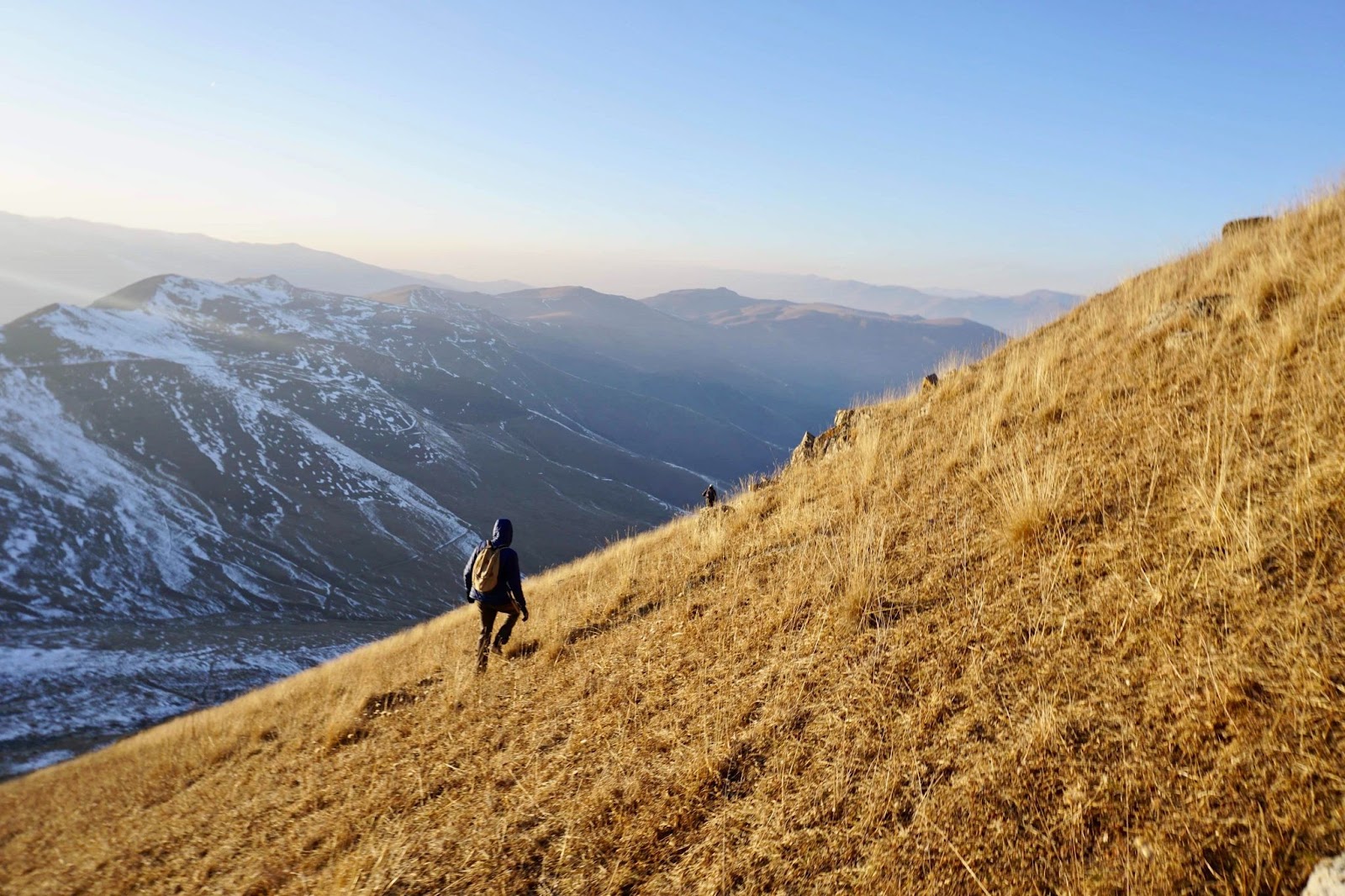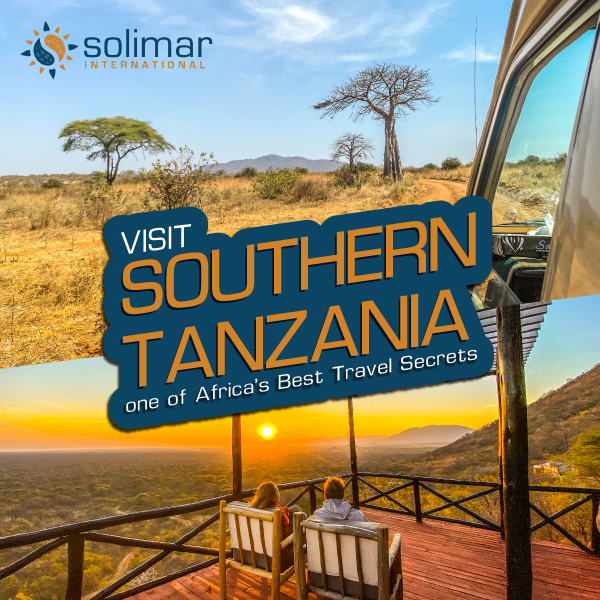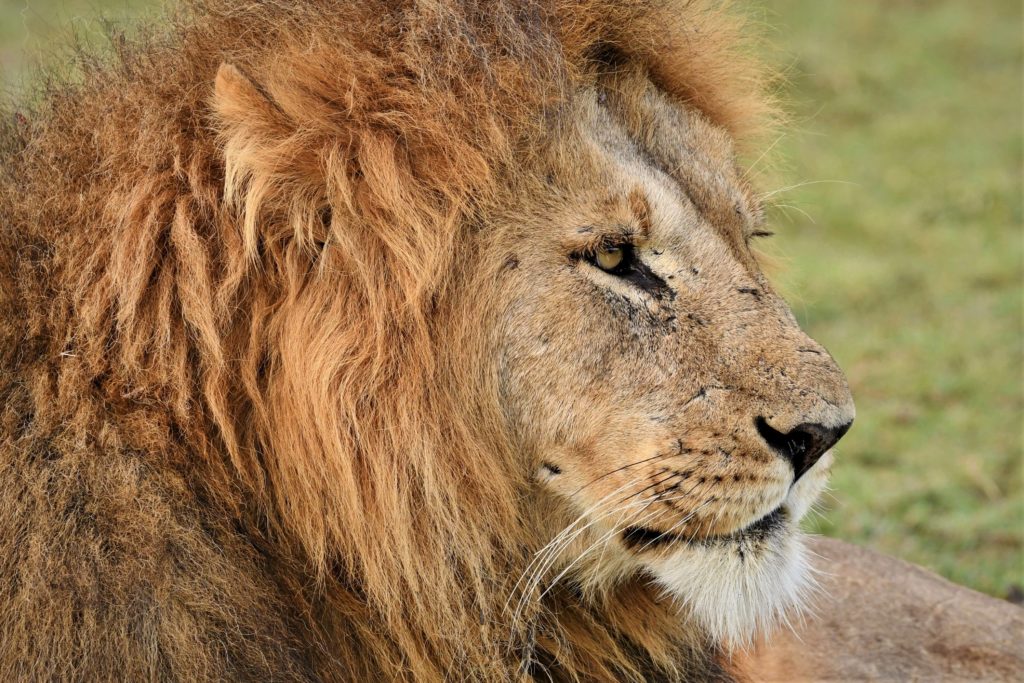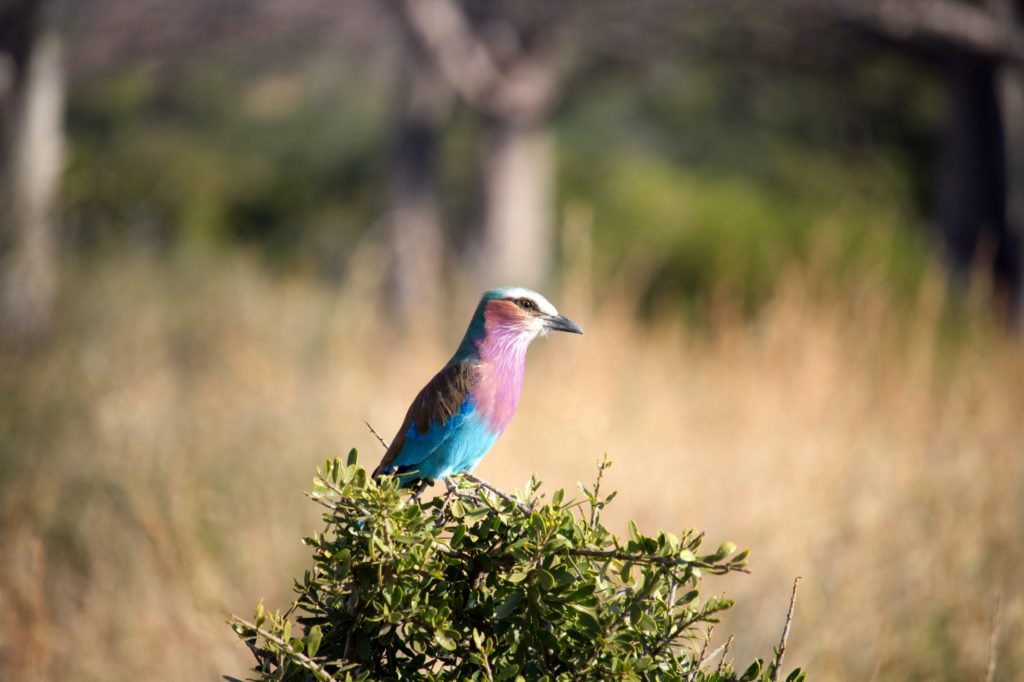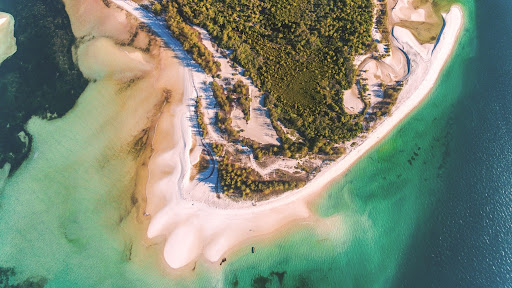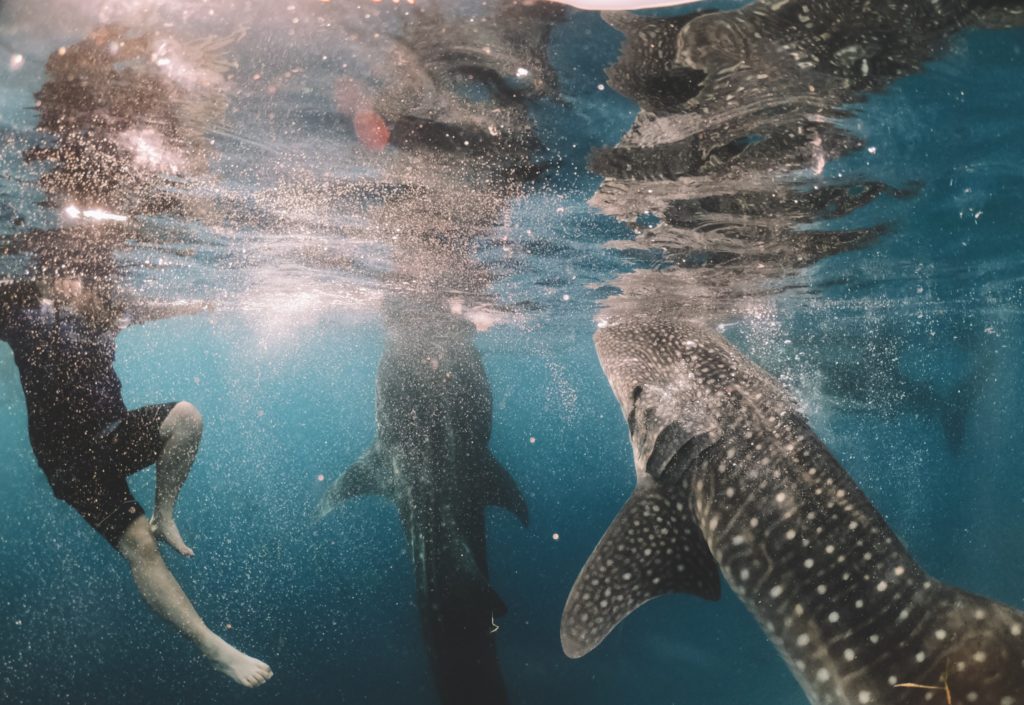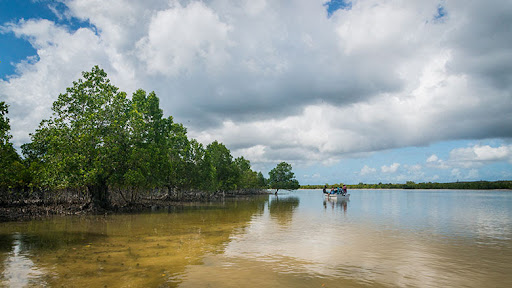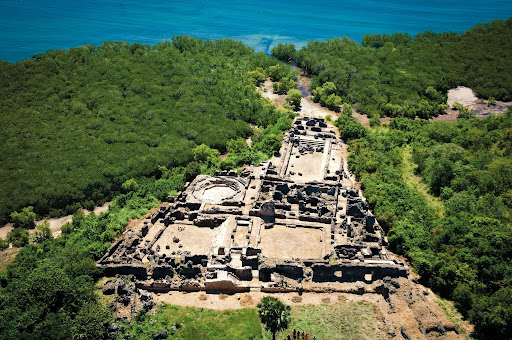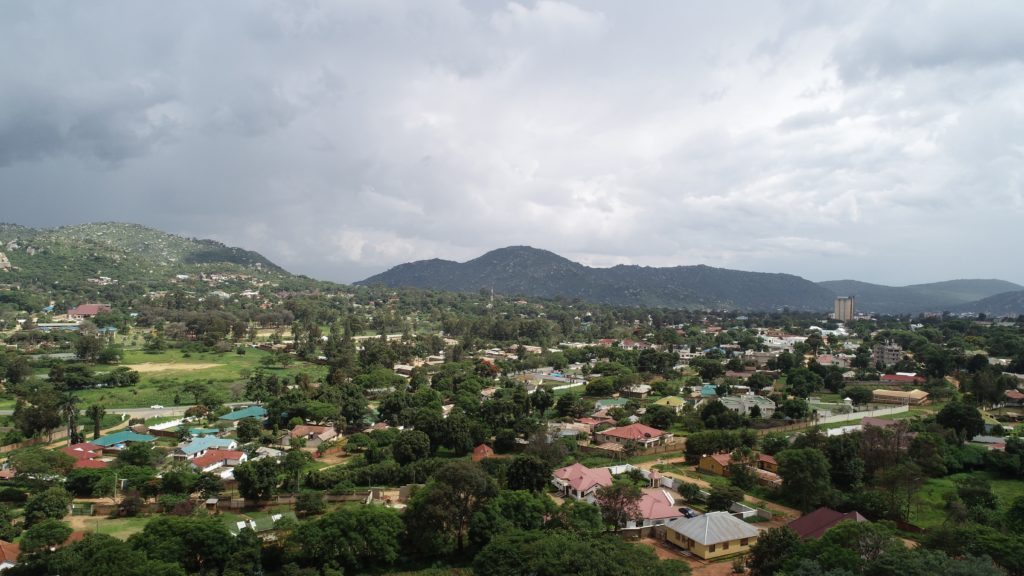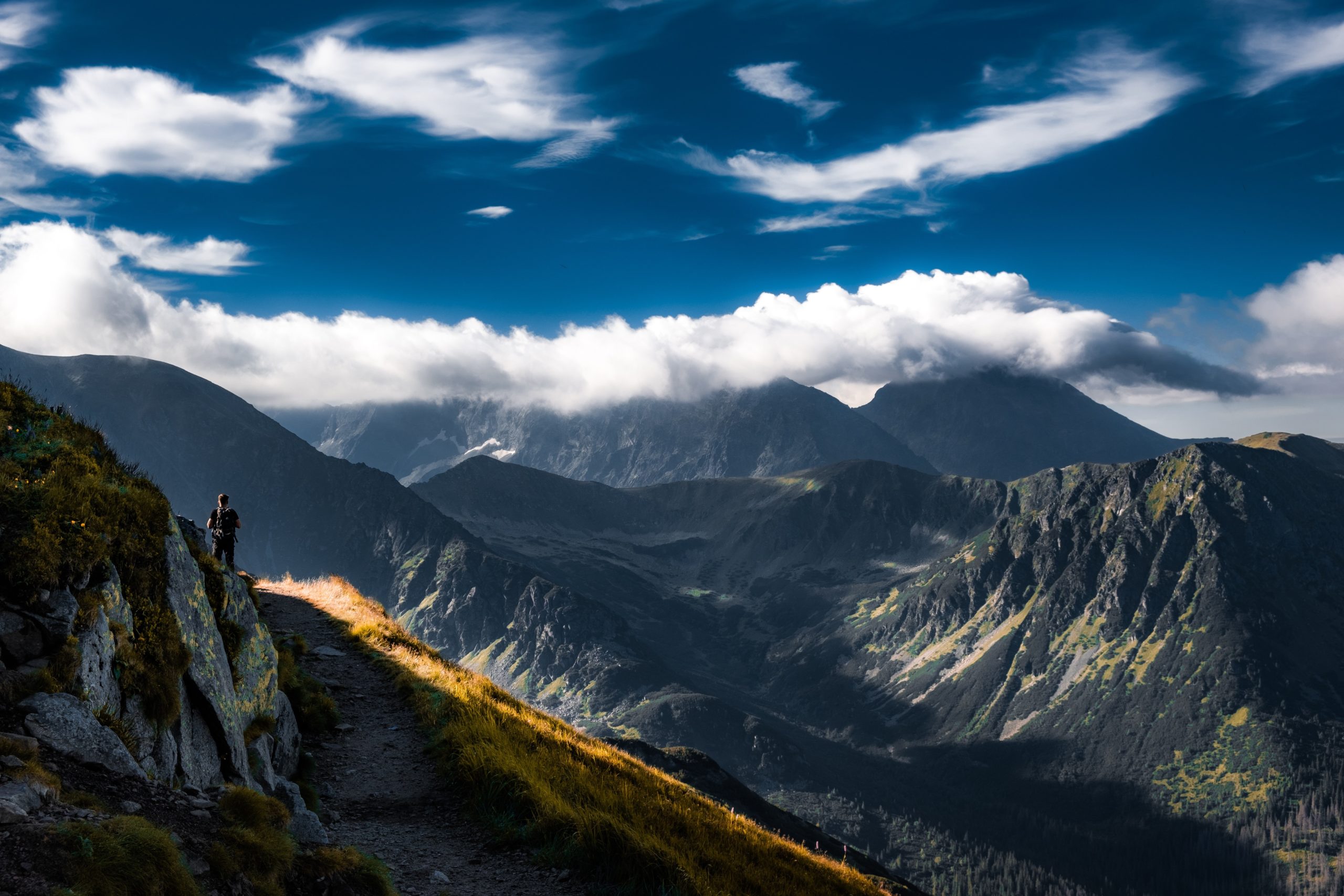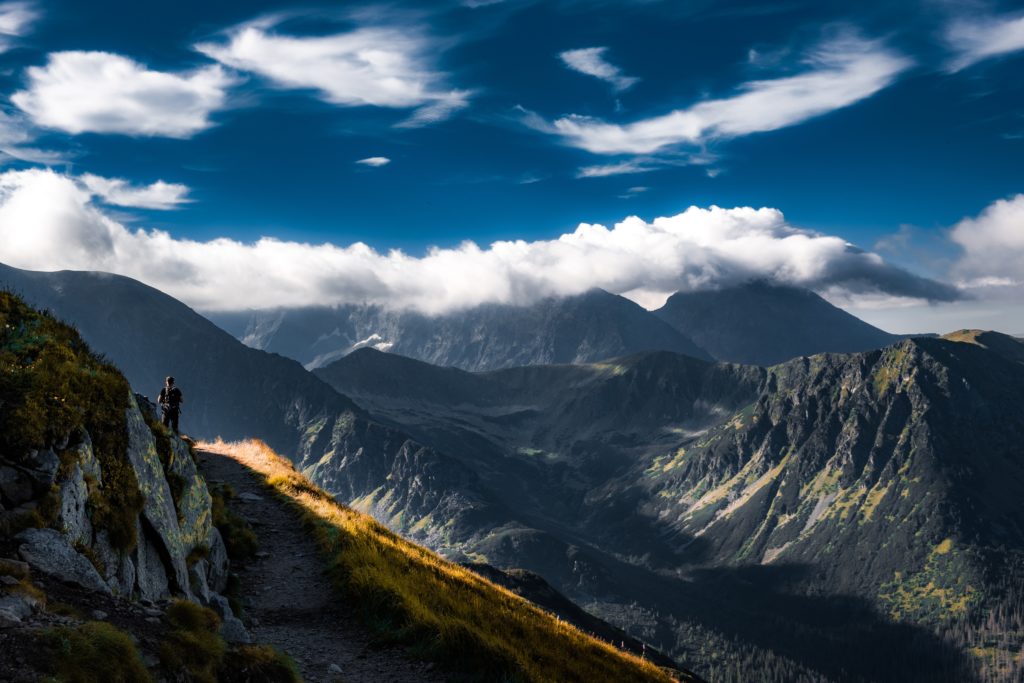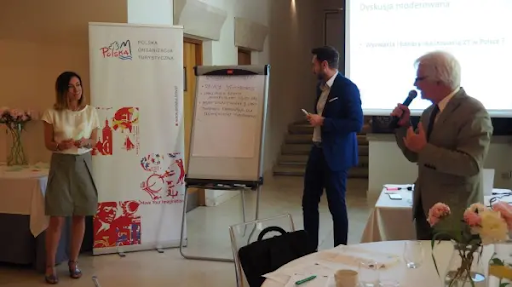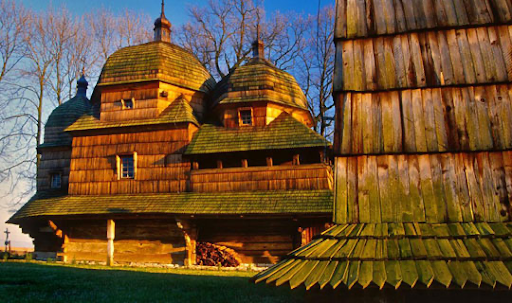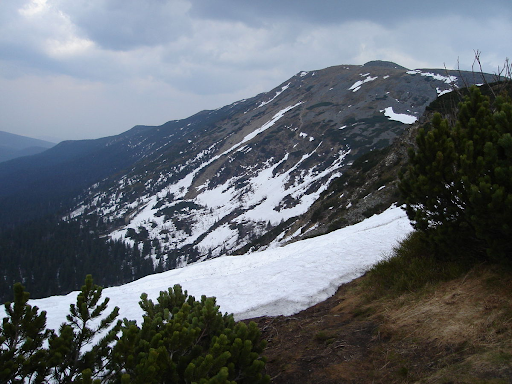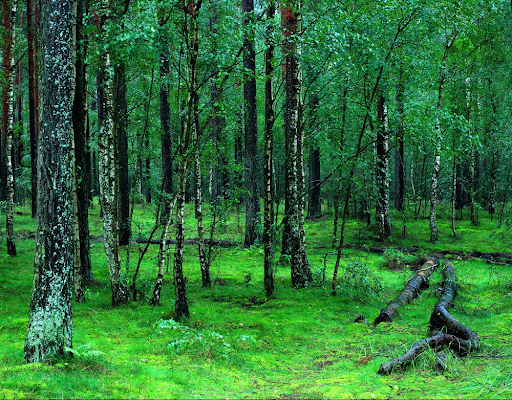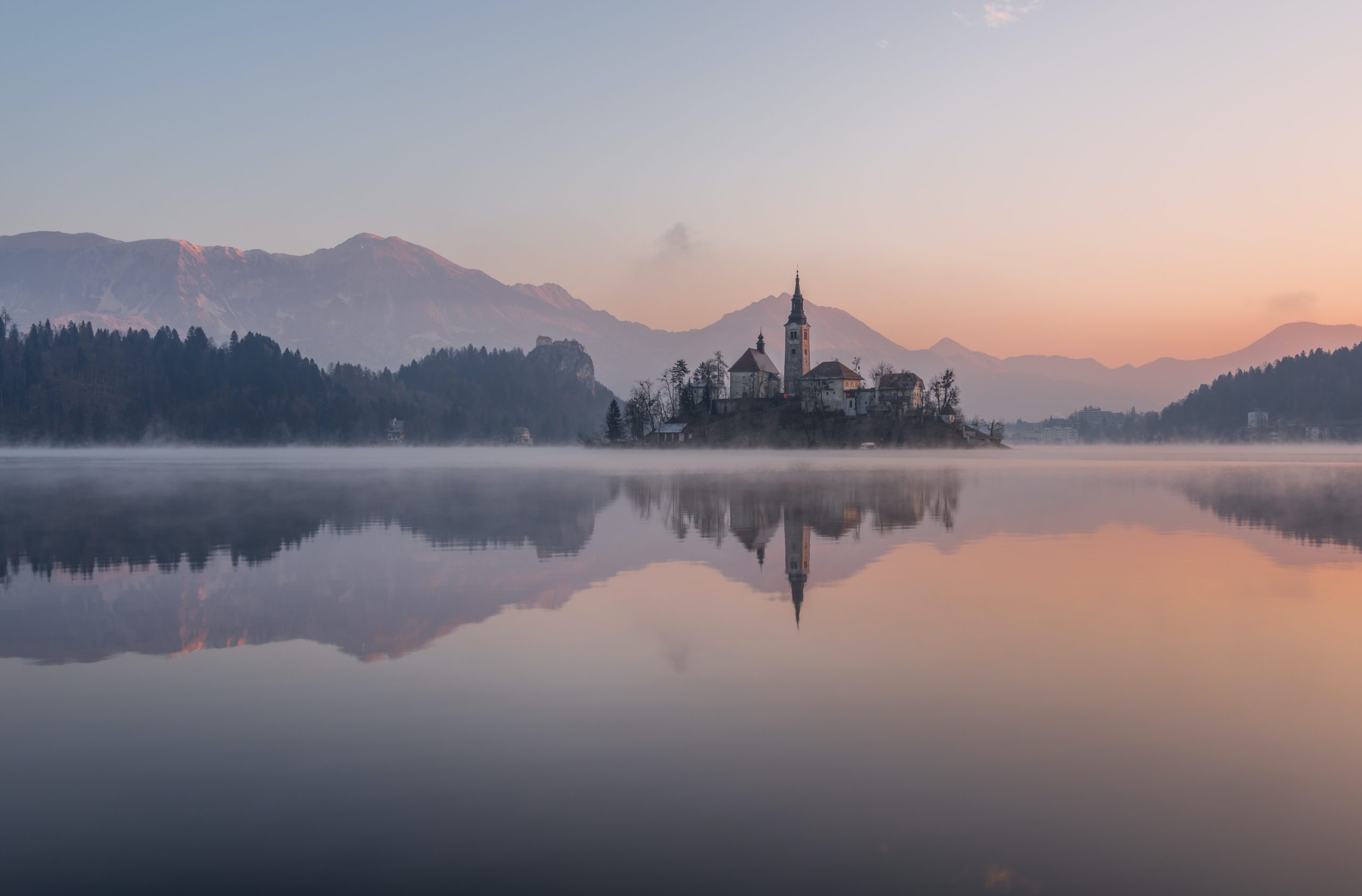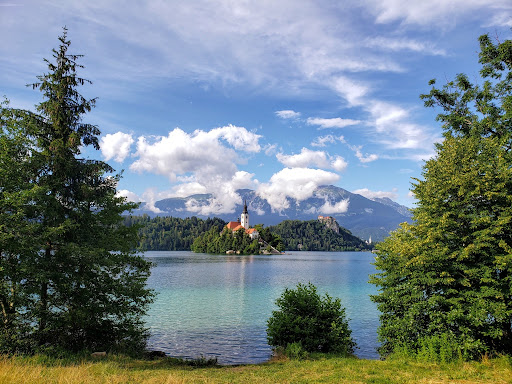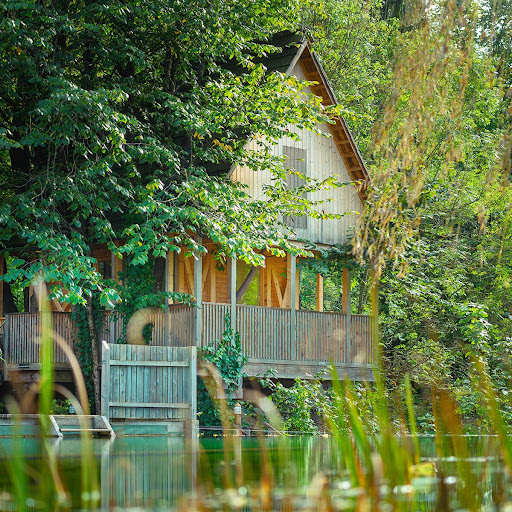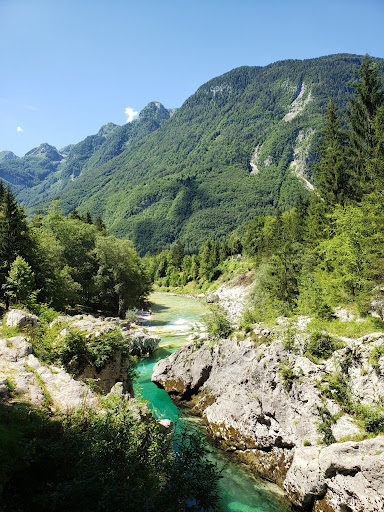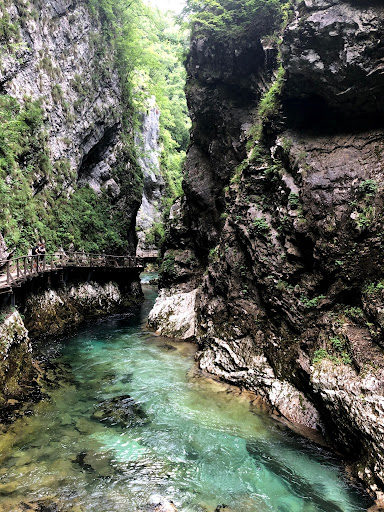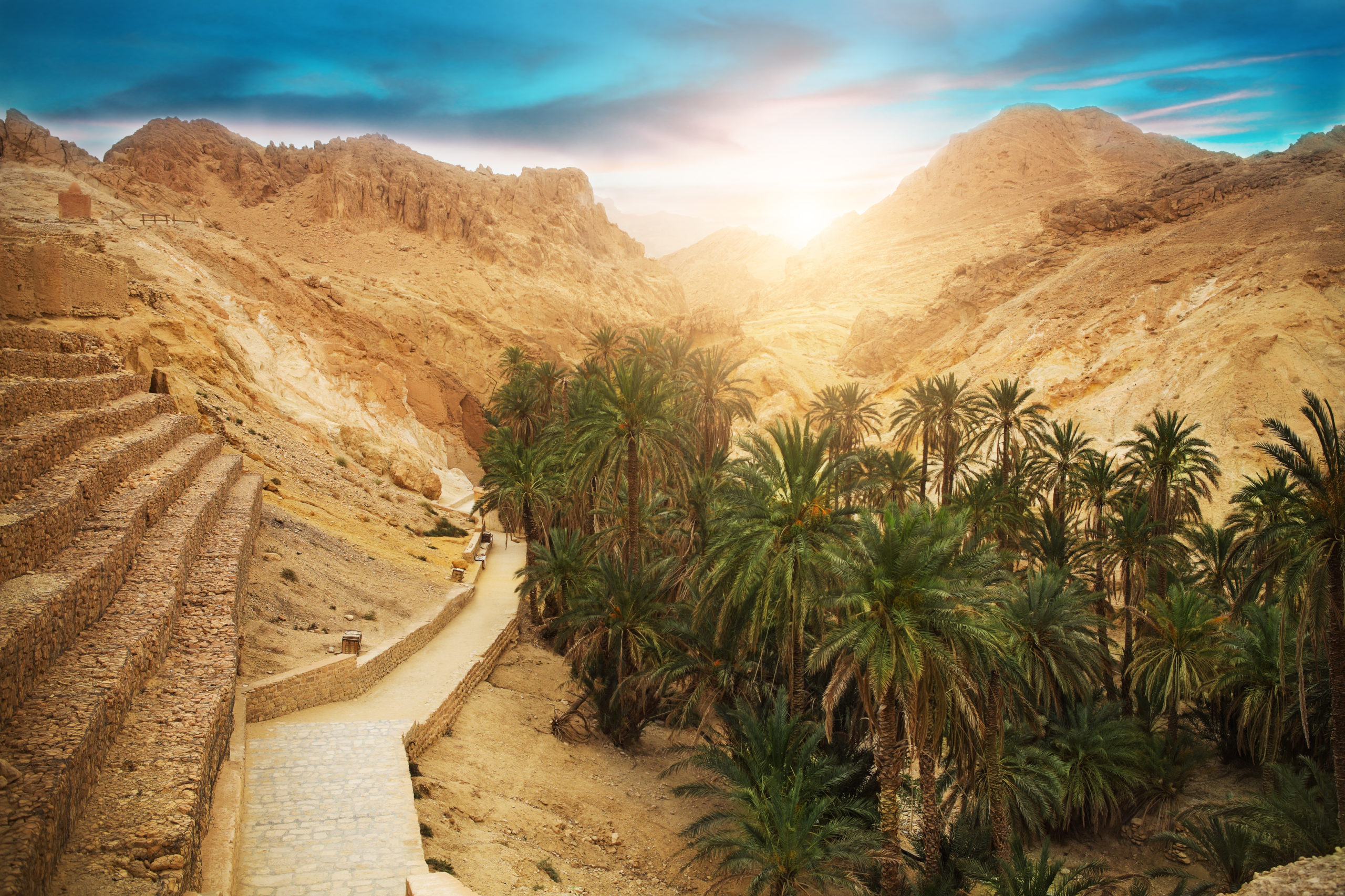As most expert travelers know, it is difficult to find an immersive, cultural experience in regions away from large population centers. In the Lori region of Northern Armenia, the NGO Center has created the Tourism Unique Center, known as TUC (ՏՈւԿ), which allows tourists to learn and play while benefiting the local village community in Dsegh through economic development and poverty alleviation. TUC capitalizes on local knowledge, cultural sites, and a breathtaking environment to provide their guests with a travel story that will last a lifetime. It is one of the best examples of the country’s community-based tourism, showing that Armenia’s sustainable tourism potential is endless.
The Lori region of Armenia lies directly between the Armenian capital of Yerevan and Georgia’s capital, Tbilisi. Envoy Hostels, who operate locations in both cities, claim 70% of travelers visit both countries during their trip to this area of the world. In creating TUC, the NGO Center took note of their prime location and unique resources when envisioning a space to give foreigners an enchanting, hands-on travel experience. Learn more about why Armenia’s tourism industry.
Why visit Armenia?
In 2018, The Economist named Armenia its “Country of the Year.” The same year, the late Anthony Bourdain did an episode of Parts Unknown featuring Armenia as a burgeoning destination with a distinctive culture, mouthwatering cuisine, and riveting history. In a single day, a traveler can visit the first Christian church in the world, ride the longest ropeway in the world, and drink wine from a region whose production stretches back nearly 6000 years. This is all in addition to incredible views of Mount Ararat, where Noah’s Ark came to rest, Lake Sevan, one of the largest freshwater alpine lakes in Eurasia, and Yerevan, a bustling capital offering extraordinary impressions around every corner. With all these incredible offerings, it is easy to understand why Armenian tourism is rapidly attracting international tourists.
Tourism Unique Center
TUC was an idea born out of the NGO Center, a prominent conglomeration of civil society outlets located across Armenia. The goal was to increase exposure to the region, while ensuring that local communities benefited from their own knowledge and land. TUC started small and slowly grew its exposure within the country until year three, when the all-inclusive campsite was able to host over 1000 visitors from all over the world in just a single summer.
Community Involvement in Armenian Sustainable Tourism
TUC is located in the village of Dsegh, which is also the birthplace of Armenia’s national poet Hovhannes Tumanyan. The community has historically rallied around the sense of pride this brings, and TUC provides the opportunity to reach a larger and more international base. All of TUC’s operations are run by locals who provide upkeep, excursions, and masterclasses on Armenian cultural practices. The community is involved in decision making as TUC continues to flourish in the tourism sector.
TUC has created the infrastructure necessary to host domestic groups seeking to reconnect with traditional rural Armenian life. Corporate retreats and school field trips use the space and resources to come together. Weddings and festivals are often hosted by the organization as well. TUC, while aiming to promote identity and tourism, has created a bastion of community development that serves to benefit all stakeholders.
TUC’s Travel and Tourism Experiences
TUC offers guests a plethora of experiential opportunities to participate in during their stay. Local experts serve as the guides or organizers for these outings and can range from cheese-making to hiking. Festivals are numerous in summertime to commemorate certain harvest cycles or to just have a great time. Other adventures guests can participate in are:
- Gastro-masterclasses in local cuisine. The most popular are the world renown cheesemaking, lavash baking, and khorovats (Armenian barbeque)
- Armenian games
- Rafting and fishing
- Horseback riding
- Hiking to historical sites nearby
- Traditional dance (Kochari) lessons
- And festivals!
Armenia Sustainable Tourism Destinations Nearby
TUC can also be used as a jumping off point to explore other destinations nearby. Dsegh is located at the top of the Debet Canyon, a massive cavern that stretches for miles and is tucked between the rolling Caucus foothills. Haghpat and Sanahin monasteries, UNESCO World Heritage Sites, are just a quick drive or hike away. The Mikoyan Museum, which honors brothers Anastas and Artyom Mikoyan who invented the Soviet MiG fighter jets used in World War II, is also a must visit, as it boasts one of the only full size planes still constructed today!
Just a short walk from TUC is the Children of Armenia Fund’s (COAF) Smart Center. I describe it as a spaceship in the middle of a village. This educational space serves people of all ages in the surrounding communities by offering programming on everything from guitar classes to computer coding. The COAF Smart Center is an inspiring feat of community investment and offers regularly scheduled tours to learn more about their work.
Spitak is a small township located in the Lori region and was the epicenter of the 1988 earthquake that devastated northern Armenia. Many lives were lost and changed forever by the event. The response to this catastrophe was historical, as then former U.S. President George H.W. Bush sent his son Jeb to assist in the effort. This was also the first time the Soviet Union accepted western aid, as it dealt with the crisis and its aftermath. Many memorials can be seen throughout the town, and some of the devastation remains until this day (an opportunity for sustainable development).
Vanadzor is Armenia’s third largest city and lies approximately 30 minutes away. Formerly known as Kirovakan, this city features incredible Soviet architecture and a massive decorated main square. Vanadzor is known as the hub of Armenia’s rock and roll culture. Bands like Lav Eli, Rozen Tal, and Clocker were all formed here. Even Serj Tankian, the lead singer of System of a Down, has familial ties to Vanadzor.
See you in Dsegh!
TUC is an excellent example of destination management and effective strategic planning. The stakeholders identified the site’s unique characteristics and have capitalized on them in a tourism strategy benefiting all involved. The next time you find yourself in Northern Armenia, take the chance to check it out. The number of visitors leaving with unbeatable new memories is growing – don’t miss out.
To learn more about Solimar International’s projects in Armenia or our resources on destination management, please visit solimarinternational.com.
